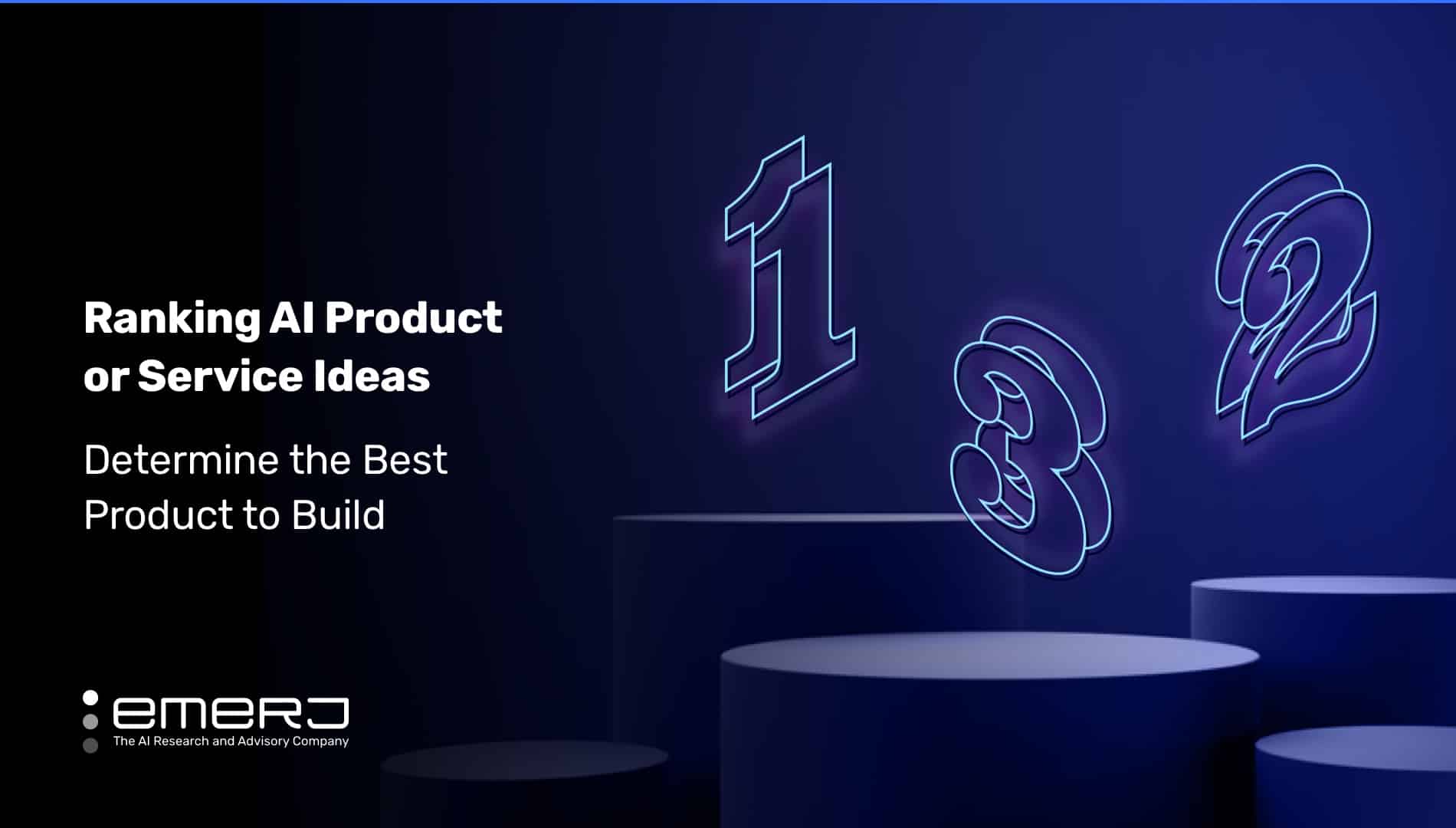So you've decided you want to take an AI product or service to market.
Before you sell anything - you'll have to decide what kind of product or service to develop.
What specific problem will you solve, and for who?
Which features and benefits will be most important for our buyers or users?
What workflows and data sources will you integrate with?
What kind of ROI measures will prove your value?
The number of AI product variations one could think of is endless. Whether we're working with a startup or an larger firm spinning out an AI product, we encourage product teams to come up with many pot...
[mrj_paywall] unauthorized access



















